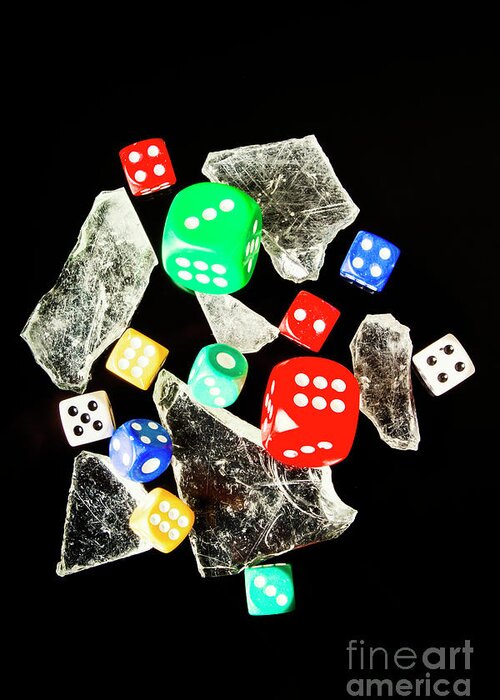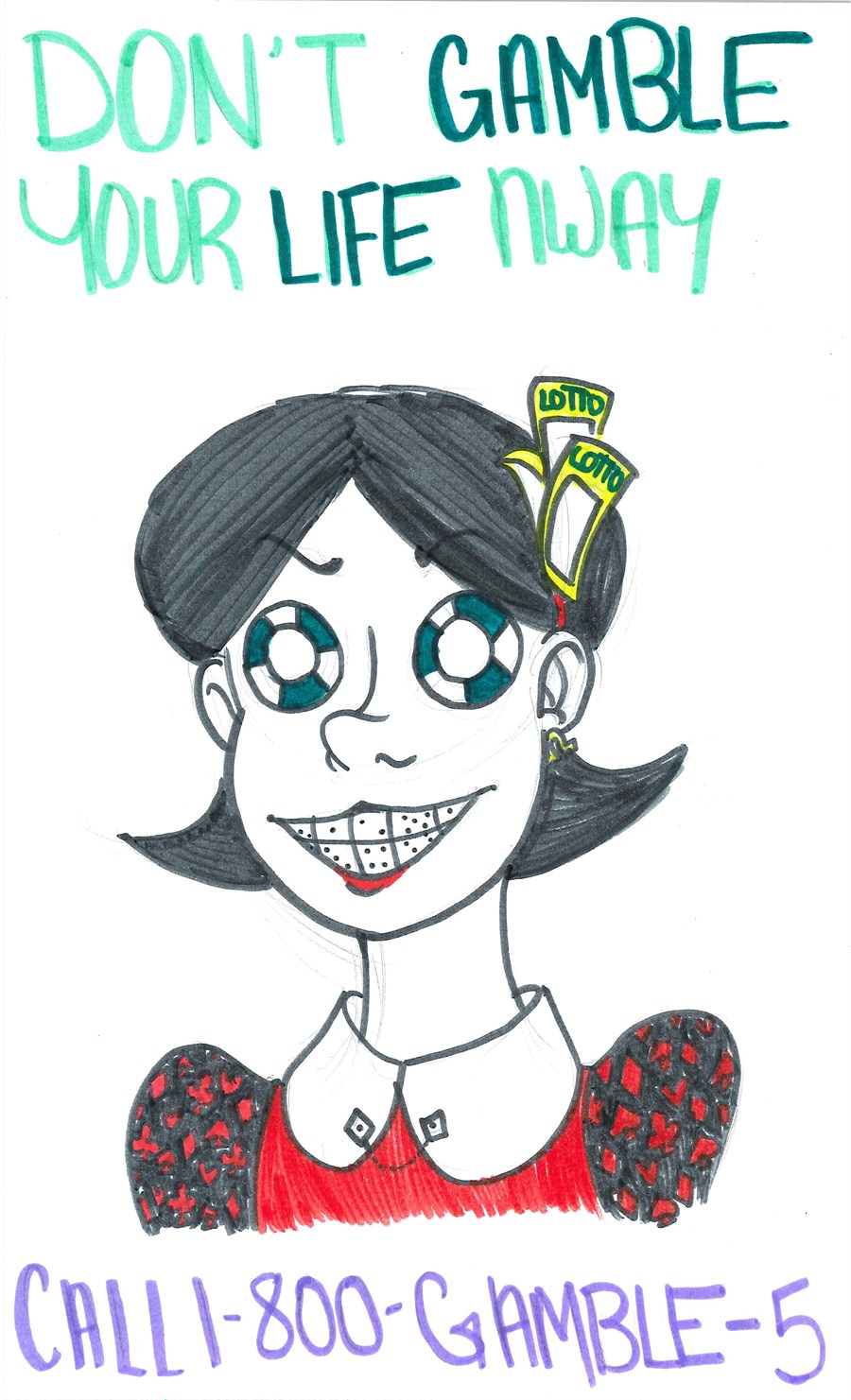Gambling Artwork


Gaming Artwork
Introduction
Over the course of history, numerous paintings that portray gambling were created. It is evident that various forms of gambling existed from the very ancient ages in different cultures around the world. But why does this subject evoke so much inspiration in artists that lived in ultimately different eras? Perhaps, it is due to the nature of gambling that makes people so passionate about capturing it in the works of art. And if you wish to experience this passion and thrill for yourself from the comfort of your home, visit the best online casino Canada can offer. In this article, we will overview the most famous paintings that represented gambling as an art.
What is so appealing about creating gambling paintings?
Before we dive deeper into the discussion of particular gambling paintings, it is significant to discuss what makes gambling in general to be so appealing as the subject matter for artists. We can suggest that, aside from various painting styles and ideas that influenced the art world in different historical periods, the core purpose of art is to capture the essence of human life. Evidently enough, you can approach this objective from different perspectives — for example, by portraying historical events, biblical and mythical plots, or everyday life situations. However, all these perspectives share one thing in common: an artist always portrays an emotion. And this is the main reason why the art of gambling is so appealing as a subject matter — it evokes a rich and extensive range of emotions in people, from greatest despair to pure euphoria.
Dogs Playing Poker: The most famous poker art of all time
If you don’t already know, you might have been wondering: who is the artist behind the famous painting of “dogs playing poker'? In fact, the man behind this poker art is Cassius Marcellus Coolidge, an American artist who was active during the late !9th and early 20th century. In fact, “Dogs Playing Poker” is not a single painting, but a series of 18 gambling paintings sharing a common plot, and you might have seen different variations. The painting in question embodies Coolidge’s signature style: he is widely known for depicting anthropomorphic dogs gambling and participating in other human activities. But people still wonder: what is the “Dogs Playing Poker” meaning? Some people tend to look down upon Coolidge's art, considering it to be shallow and meaningless kitsch. Well, it might not confidently compete with some of the Renaissance masterpieces, but it still possesses quite a beautiful allegory. By depicting human activities performed by dogs, Coolidge unravels the prevalence of primal instincts in human nature.
The Cardsharps: Realism and elegance of gambling artwork
Moving forward, the next gambling painting in our list could be among the most appreciated and well-known masterpieces related to gambling world. “The Cardsharps” by Michelangelo Merisi da Caravaggio, which was created around 1594, is an outstanding example of baroque genre and a milestone in Caravaggio’s art career as well. This gambling painting depicts a street life situation in a realistic yet elegant manner. We can see a boy cardsharp (or card cheat) on the right, reaching for hidden cards under his belt, and in the center there is an older cardsharp, who is signaling to his partner in crime. And on the left, we observe an unsuspecting boy, enjoying a game of cards. The beauty of this work lies in its dynamic composition, as we see that the figures of cardsharps overpower their victim. But the most important artistic feature of this painting is the collision of very different emotions — innocence, fear, anger, malice — expressed through one simple and realistic situation.
Argument Over a Card Game: An artwork of baroque drama
Another example of baroque genre in our list is the “Argument Over a Card Game”, created in the latter half of the 17th century by the Dutch artist Jan Steen. It might be less famous than “The Cardsharps” by Caravaggio, but it is nonetheless considered to be one of the highlights of baroque style, as well as painting art in general. What is so powerful about this gambling painting is the burst of emotions that is captured by the artist. In a way, the painting’s plot and theme echoes the meaning of “Dogs Playing Poker” as they both convey primal instincts in humans to some extent. However, Steen’s gambler art portrays the peak of negative emotions, the outrage and anger evoked by a great loss or, maybe, cheating. Of course, such feelings are not normal, but that’s the power which the art provides us — to experience situations and emotions through the means of artistic expression.
Card Players: Cezanne’s post impressionist take on gambling art
Taking it back to the late 19th century, namely its last decade, we decided that it would be a huge omission not to mention Paul Cezanne’s famous paintings on the subject of gambling. Similarly to Coolidge, Cezanne created a series of artworks that were focused on capturing the impressions of ordinary people’s everyday moments: drinking in bars and cafes, strolling, socializing, and playing card games. The particular piece of art in question is probably Paul Cezanne’s most famous painting on the topic of gambling. It depicts two men who play a game of cards at a bar table. Cezanne is widely known for his passion about capturing the everyday life of French society, portraying insignificant situations in such a manner that gave them a fleeting, subtle beauty. The “Card Players” gambling painting is the perfect example of Cezanne’s approach to art. We see two men who are amidst a game of cards — it’s nothing special, but they seemingly enjoy their leisure time.
At the Roulette Table: Casino art from the perspective of expressionism
The last artwork in our list of gambling paintings is created by Edvard Munch, a Norwegian artist who was mostly active in the very beginning of the 20th century. He is largely known to the world for his “Scream” masterpiece. Generally speaking, Munch’s works are characterized by the prevailing pessimism, themes of loneliness and death, but at the same time his art also expressed the human race’s lust for life. These topics could be easily found in the “At the Roulette Table” casino art. As Munch was one of pioneers of expressionism, this gambling art abstract yet distinct features of the expressionism genre: intense colors, distorted perspective, lush and fast brush strokes. We should specifically focus on the roulette wheel art, as all other objects in the painting gravitate towards it, which creates a really dynamic and expressive composition. We can’t decipher particular emotions from people’s faces, but instead we get an overall feeling of people striving to participate and win in the roulette game.
Conclusion
In overall, we can undoubtedly say that there are numerous examples of how the greatest artists throughout human history found inspiration in gambling. The fact that it’s not specific for only one culture or historical period makes it the universal theme that is explored continuously by the countless number of artists. It could be stated with certainty that the only common thing between different gambling paintings is the complex and overwhelming emotional power that makes the gambler art so compelling.
Dan Gamble Artist

Gambling Artwork Free
# art # c4d # surreal # wheel # flat # dog # casino # luck # gambling # pomeranian # sports # funny # sport # barstool # gambling # gambling # betting # the conners # theconnersabc # taking money # viceland # vice # gambling # betting # black market # sad # katy perry # poker # casino # gambling # sports # poker # cards # gambling. This iconic art piece was created in the second half of the 17th century and captures the art of gambling, turning into a drama, over a classic card game. In his paintings, Steen captured everyday life of common people, while he managed to turn chaotic situations into true pieces of art. Shop for gambling art prints from our community of independent artists and iconic brands. Each gambling art print is produced using archival inks, ships within 48 hours, and comes with a 30-day money back guarantee! Customize your gambling print with hundreds of different frames and mats, if desired. Gambling Art Prints. Browse our selection of Gambling Art Prints and find the perfect design for you—created by our community of independent artists. Read more Art prints are available in up to five different sizes; Each art.